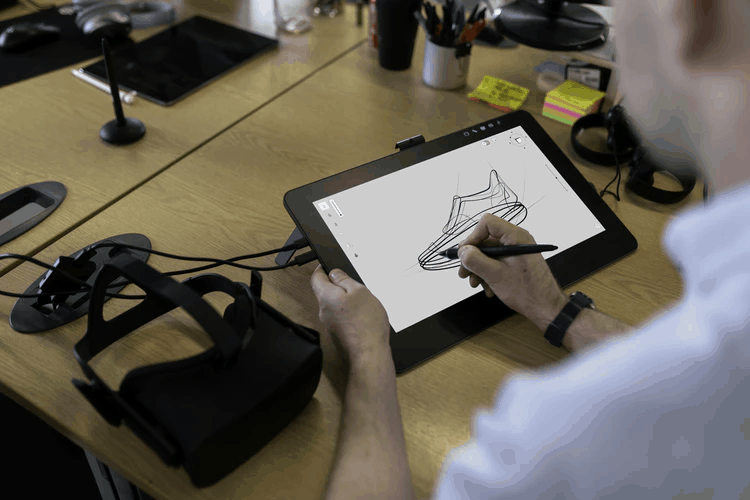Enhance Job Precision with Tailored Engineering Support: Topographical Surveying, Building Surveys, and More
Enhance Job Precision with Tailored Engineering Support: Topographical Surveying, Building Surveys, and More
Blog Article
Optimizing Land Use Preparation With Comprehensive Evaluating Solutions
In the realm of land use planning, the integration of extensive checking solutions stands as an essential instrument in cultivating notified lasting and decision-making advancement methods. By taking advantage of sophisticated innovations tailored for exact information collection and analysis, professionals in the field can browse complexities in site identification, source allowance, and environmental factors to consider with enhanced precision and performance (setting out engineer services). Nonetheless, the optimization of land use preparing through surveying solutions is not without its obstacles, motivating the exploration of cutting-edge strategies to streamline processes and essence beneficial understandings for tactical advancement campaigns. As we dig much deeper into the detailed internet of aspects influencing land application, the relevance of comprehensive checking solutions becomes a cornerstone in forming the landscapes of tomorrow.
Importance of Comprehensive Checking Solutions

Comprehensive evaluating remedies allow planners to evaluate the viability of land for numerous purposes, determine potential dangers or constraints, and design sustainable growth strategies - Topographical Surveying. By incorporating specific survey information right into land usage plans, authorities can make certain efficient use of sources, minimize environmental effect, and promote lasting financial development
Furthermore, detailed checking options help with stakeholder engagement and cooperation by imagining suggested land usage changes and permitting for comments prior to implementation. This proactive technique improves transparency, cultivates area trust fund, and eventually results in a lot more effective land usage planning outcomes. Basically, the relevance of extensive evaluating remedies can not be overemphasized in the realm of reliable land use planning.
Advanced Technologies for Land Usage Preparation
Utilizing sophisticated modern technologies improves the accuracy and performance of land usage preparation procedures. Advanced technologies such as Geographic Information Solution (GIS), LiDAR (Light Detection and Ranging), and remote picking up play an essential role in contemporary land usage planning. Topographical Surveying. GIS allows coordinators to assess spatial information, determine patterns, and make informed choices relating to land growth. LiDAR modern technology supplies very accurate altitude data, helping in terrain modeling and flood danger evaluation. Remote picking up, with drones and satellites, offers comprehensive imagery for keeping track of land changes and analyzing ecological effects.
In Addition, Building Info Modeling (BIM) allows planners to develop 3D models of frameworks and facilities, helping with much better visualization and planning of land use projects. Fabricated Intelligence (AI) algorithms can examine vast amounts of information to forecast future land use fads and optimize planning methods. Additionally, advanced evaluating tools like drones equipped with high-resolution electronic cameras and LiDAR sensors can promptly survey huge areas with accuracy, decreasing time and expenses related to conventional surveying techniques. Including these advanced innovations into land usage preparation procedures can bring about more efficient and sustainable city development.
Conquering Difficulties in Website Identification

In addition, conflicting rate of interests among stakeholders, such as programmers, environmentalists, and regional areas, can make complex the site recognition procedure. To navigate this obstacle, planners need to help with open interaction, partnership, and negotiation to get to consensus on the most effective land use methods that line up with the demands of all celebrations included.
Moreover, governing difficulties, zoning limitations, and land make use of policies can likewise impede the site recognition procedure. Coordinators require to stay updated on appropriate guidelines, involve with regional authorities, and perform thorough research to identify websites that meet all legal requirements and compliance requirements. By proactively addressing these difficulties, land usage planners can streamline the site identification procedure and lead the method for efficient land usage planning efforts.
Optimizing Efficiency Through Surveying Methods
Navigating the complexities of site recognition procedures successfully lays a structure for optimizing efficiency through critical surveying techniques in land use planning. By employing sophisticated evaluating devices such as drones, GIS innovation, and 3D laser scanning, land use organizers can improve the data collection process, bring about even more accurate website assessments and streamlined decision-making. These techniques enable planners to collect accurate topographic information, identify ecological constraints, and examine land suitability with better rate and precision than conventional methods.
Additionally, incorporating evaluating strategies with Geographic Info Equipment (GIS) permits the effective evaluation and visualization of spatial data, aiding in the recognition of ideal land usage circumstances. By leveraging these tools, coordinators can optimize land use preparing procedures, lessen job timelines, and reduce overall costs. Furthermore, making use of real-time surveying data makes it possible for stakeholders to make educated choices without delay, assisting in reliable communication and cooperation throughout the planning and development phases. On the whole, the tactical usage of surveying methods enhances effectiveness, accuracy, and cooperation in land use planning campaigns.
Decision-Making Insights for Development
For effective growth, getting important insights for decision-making is imperative in the realm of land usage preparation. Decision-making understandings play a vital duty in shaping the future of rural and urban locations, making sure sustainable development and effective resource appropriation. Comprehensive evaluating options provide organizers and programmers with the required data to make enlightened choices that align with the lasting objectives of an area.
By leveraging advanced surveying methods such as aerial studies, GIS mapping, and 3D modeling, stakeholders can envision the possible effect of development tasks and evaluate various scenarios before application. These insights allow decision-makers to optimize land use, minimize environmental risks, and improve total project feasibility.
Additionally, data-driven decision-making supported by checking remedies helps enhance the preparation process, lower uncertainties, and boost stakeholder self-confidence. By including precise study information right into the decision-making process, developers can determine chances, reduce obstacles, and inevitably develop lasting land usage intends measured building surveying that benefit both existing and future generations. In conclusion, decision-making insights obtained from comprehensive checking options are essential for driving effective and impactful development campaigns.
Final Thought
To conclude, optimizing land usage planning with comprehensive evaluating services is important for reliable and efficient development. By making use of sophisticated modern technologies and checking methods, obstacles in site recognition can be conquered, resulting in better decision-making understandings. This technique maximizes efficiency and makes sure that land sources are made use of in a lasting and calculated way. It is important for successful land usage planning and development tasks.
In the world of land usage planning, the integration of detailed surveying solutions stands as a crucial tool in fostering informed sustainable and decision-making advancement practices. In significance, the significance of extensive surveying remedies can not be overemphasized in the realm of efficient land usage preparation.
By proactively resolving these obstacles, land use planners can simplify the site recognition procedure and pave the means for reliable land usage planning campaigns.
Overall, the calculated usage of evaluating strategies improves effectiveness, precision, and partnership in land use planning efforts.
In verdict, maximizing land use preparation with thorough evaluating services is essential for effective and efficient growth.
Report this page